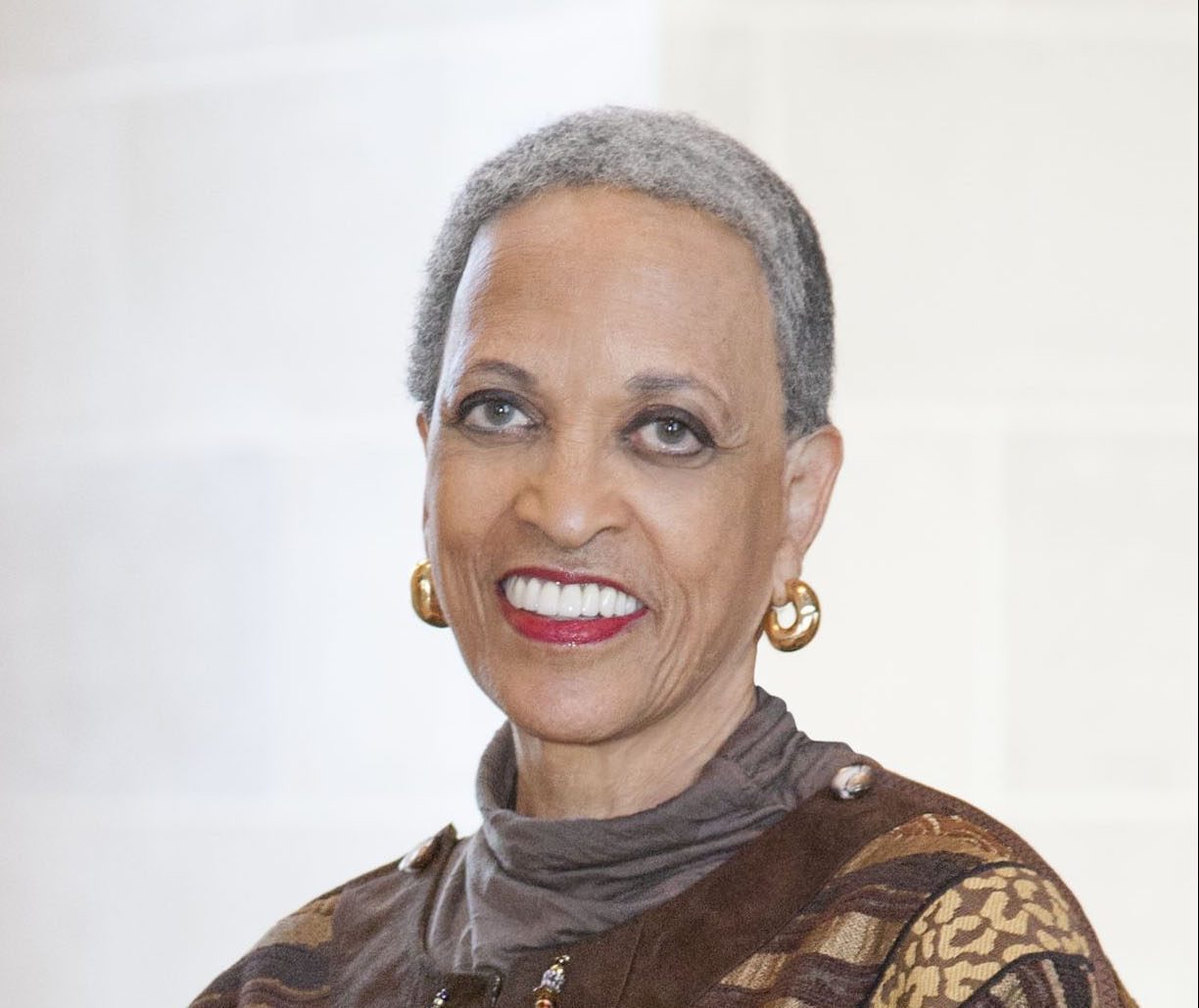Michael Jackson cleared a path for Jon Batiste.
Batiste’s original Netflix documentary American Symphony, produced by the Obamas’ Higher Ground production company, follows the musician’s journey to composing a modern symphony that reflects the diversity and complexity of America, while his wife, writer Suleika Jaouad, battles cancer. Although initially considered a contender for a 2024 nomination for Best Documentary Feature, it did not; but it snagged a Best Score nomination. However, it wasn’t long ago that a music documentary featuring an artist of color would not be acknowledged by the entertainment industry at all. The contemporary concert film originated in the 1960s and evolved into the music documentary through the early 1980s. A quarter of a century later, Michael Jackson would kick in the door of the once majority-white world of music documentaries.
The 1967 documentary Don’t Look Back follows music icon Bob Dylan during his 1965 tour in England; Woodstock (1970) is an immersive experience of the landmark rock music festival in 1969 that defined a generation. Directly after Taxi Driver, Martin Scorsese directed The Last Waltz (1978) documenting The Band’s final concert; Silence of the Lambs director Jonathan Demme’s 1984 Stop Making Sense featuring Talking Heads is often hailed as one of the greatest concert films ever made.
It wasn’t until 2009’s Michael Jackson: This is It, that a music documentary exploring the life of an artist of color found critical and commercial success. Blasted by some as exploitative, the documentary offers MJ fans a behind-the-scenes peek at the singer as he rehearsed for the concert series scheduled to start in July 2009, but never happened due to his untimely death on June 25, 2009. This Is It grossed $261.2M, becoming the highest-grossing concert film in history (until Taylor Swift’s Eras Concert Film’s recent gross of $261.6M).
While This Is It was not recognized with major awards — its runaway success did bring attention to the potential interest in more documentaries capturing the lives of artists of color. And it’s no coincidence that over the past 15 years, music documentaries surged in popularity, becoming a popular and powerful medium for artists of color and beyond.
The 2012 documentary Searching for Sugar Man uncovers the mystery of Rodriguez, a forgotten Detroit musician who became an unlikely hero in South Africa. The film became the first music documentary centered around an artist of color to win the Academy Award for Best Documentary Feature in 2013. Two years later, 20 Feet from Stardom — full of true life stories of the backup singers, primarily Black women, who are behind some of the greatest musical legends of the last century — also won an Oscar for Best Documentary. Critics lauded the documentary for recognizing the unsung heroes of the music industry, whose voices have contributed to some of the most iconic songs in music history but whose stories have remained largely untold.
In 2021, Questlove scored his first Oscar for directing Summer of Soul, a concert film showcasing the long-forgotten 1969 Harlem Cultural Festival. The lost footage is captivating, from the multitude of beautiful Black and Brown faces to the unforgettable performances from icons, including Nina Simone, Gladys Knight, and Stevie Wonder. Not only is Summer of Soul a highly significant flashpoint in American History and soul music, but each of these three documentaries not only won Oscars, they also played an essential role in bringing the stories of artists of color to a broader audience, highlighting their contributions to music and culture.

















